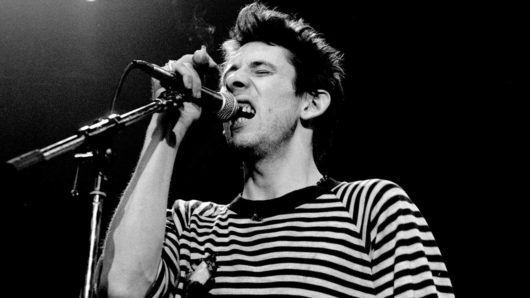The Internet. Blur versus Oasis. Friends. Grunge. When music was still on MTV. The 90s was a turbulent and exciting decade for pop culture. But trying to piece the puzzle together through the best 90s albums is a frustrating task – and one that usually sees the same culprits demanding attention: Radiohead, Lauryn Hill, U2… Narrowing it down to just 30 albums is even harder, but we believe these records sum up one of popular music’s most fondly-remembered eras.
Here, then, are 30 of the best 90s albums.
Listen to our 90s playlist here, and check out our best 90s albums, below.
30: Alanis Morissette: ‘Jagged Little Pill’ (1995)
Jagged Little Pill marked Alanis’ jump from small-time Canadian starlet to international phenomenon. Huge singles, such as the bitter yet empowering You Oughta Know and Ironic (which, ironically, doesn’t involve true examples of the concept) drew plenty of attention to a singer who at the time was just taking her first steps into stardom. Featuring work from Red Hot Chili Peppers bassist Flea and an abundance of post-grunge production, Alanis’ magnum opus is perhaps the most “90s” album on this list of the best albums of that decade, but that’s not to say it’s merely entry-level; her a cappella performance of Your House is one of the most forthright portrayals of adultery and its impact on confident young women.
Must hear: Ironic




